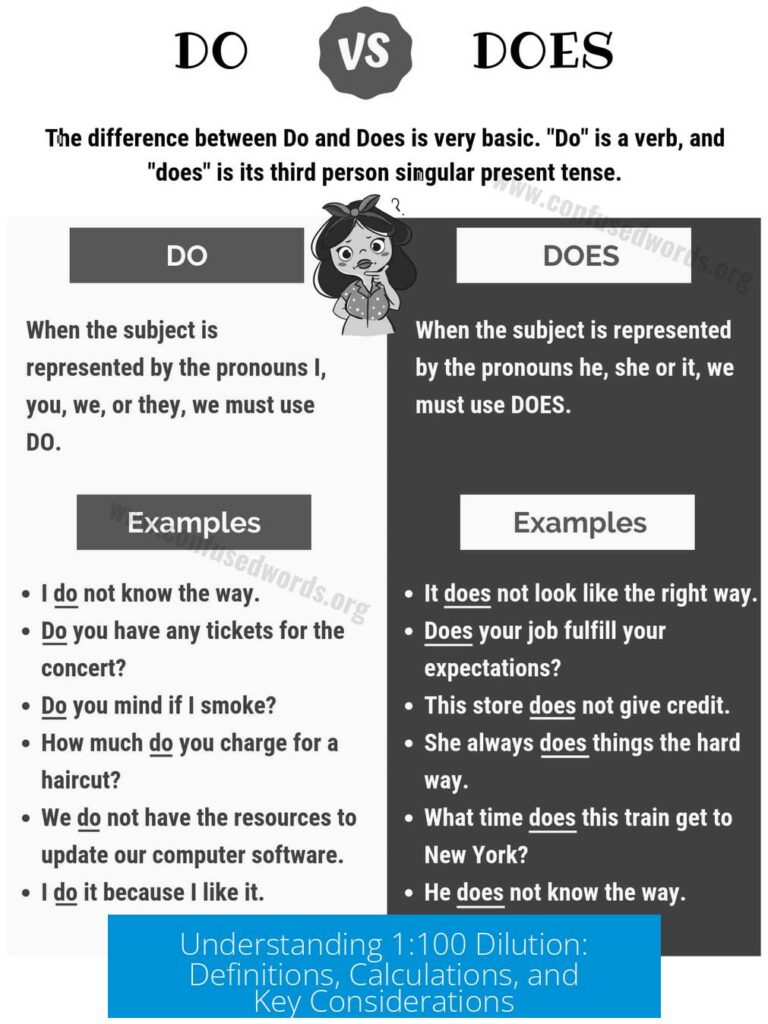Group theory is a challenging but essential area of chemistry that many students find difficult, especially in inorganic chemistry. While the phrase “Group Theory is the Devil” captures the frustration learners often experience, the struggle mainly arises from its abstract nature and the complexity of visualizing symmetry operations.

Understanding Group Theory in Chemistry
Group theory studies symmetry in molecules and explains how symmetry elements and operations classify molecular structures. It supports key concepts in inorganic chemistry, such as molecular orbital (MO) theory, infrared (IR) spectroscopy, and electronic spectroscopy. Understanding these concepts deeply depends on mastery of group theory.

Why Group Theory Feels Difficult
- Group theory introduces new abstract terms like point groups, symmetry elements, and operations that are often not intuitive.
- Many students struggle with mentally visualizing three-dimensional symmetry operations, such as reflections and rotations, particularly mirror planes and inversion centers.
- The specificity of these operations requires both memorization and spatial reasoning skills, leading to frustration when the concepts don’t “click.”
Importance of Group Theory for Chemistry Students

Despite its difficulty, group theory is indispensable. It:
- Helps assign molecular point groups critical for predicting molecular behavior.
- Supports MO theory to explain bonding and electronic structure.
- Is essential for interpreting IR and electronic spectra by categorizing vibrational modes and electronic transitions.
Ignoring group theory limits understanding of fundamental inorganic chemistry principles.

Strategies for Mastering Group Theory
Practice and Repetition

Repeated exposure to examples is critical. Assigning point groups becomes easier through continual practice. Regularly classifying molecules helps build familiarity and confidence.
Visualization Techniques

- Visual learners can benefit from imagining molecules as three-dimensional objects and mentally performing rotations or reflections.
- Reflection operations often pose the greatest challenge because visualizing symmetry planes can be non-intuitive. Focused practice aids comprehension.
Use Physical Models and Flowcharts
Manipulating physical molecular model kits enables hands-on learning of symmetry operations. Moving models allows direct observation of symmetric elements.

Flowcharts developed by instructors provide structured decision trees that simplify point group determination. They condense complex criteria into memory-friendly steps.
Example flowcharts are available online for guidance, such as the one linked below:
Leverage External Resources
- Interactive symmetry tools, such as Jacobs University Symmetry Site, offer visual aids to explore symmetry operations and point groups.
- Visual orbital illustrations at ChemTube3D reinforce understanding of molecular orbitals within symmetric frameworks.
Common Conceptual Questions
Students often ask about specific definitions, for example, “What does the perpendicular principal axis mean?” This refers to symmetry elements aligned at right angles to the main rotational axis of the molecule—key for differentiating certain point groups. Using models helps clarify these spatial relationships.
Emotional and Social Perspectives
Many chemistry learners vocalize strong emotional reactions, ranging from frustration to enjoyment. The “devil” nickname reflects difficulty and repeated failures to grasp concepts. However, some find group theory engaging once conceptual understanding improves. Social learning communities and shared struggles can reduce isolation.
Summary of Key Takeaways
- Group theory is difficult but fundamental in inorganic chemistry and related spectroscopic methods.
- Mastery relies heavily on visualizing 3D symmetry operations and persistent practice.
- Physical models and instructor-designed flowcharts significantly aid in learning.
- Using external interactive websites and educational tools supports conceptual understanding.
- Emotional response varies; patience and community support boost progress.
- Conceptual clarity around symmetry elements like the principal axis improves with practice and examples.
Group Theory is the Devil (explanation in comments)
Group theory is the devil—at least, that’s what many chemistry students joke about after grappling with its tricky concepts. But let’s pause. Why does group theory earn such a notorious reputation? And could it secretly be a blessing in disguise for those brave enough to master it? Let’s dive deep.
If you’re taking an advanced inorganic chemistry course, group theory is often described as a “necessary evil.” Students confess, “I know practically nothing about it,” or, “I find it almost impossible to define all the different symmetry operations and visualize them.” Some even say, “Group theory can honestly fuck off. Two years in a row I rote-learned it just for exams and immediately forgot it.” That sounds like a horror story, yet group theory lurks within the foundations of chemical understanding.
You might ask: what’s so difficult about group theory? For many, it’s the abstract nature of the concepts. Symmetry operations like reflections, rotations, and inversions appear as elusive mental gymnastics. Visualizing molecules rotating or being reflected in mirrors isn’t easy. One student put it bluntly: “I can visualize molecules pretty well, but reflection? Forget it.” This struggle often makes students reconsider their paths—“I was planning on taking advanced inorganic next semester… not so sure anymore.”
Why Face This “Devil”? The Importance Behind Group Theory
Despite its reputation, group theory’s magic unfolds once you cross the hurdle. It’s not just a school tormentor. Group theory underpins huge swaths of inorganic chemistry—orbital theory, IR spectroscopy, electronic transitions. For example, molecular orbital (MO) theory, which explains chemical bonding and reactions, hinges on group theory’s symmetry principles.
If chemistry were a language, group theory is the grammar. Without it, you can’t fully parse what’s going on. One student wisely noted: “Its application to chemistry is really easy once you wrap your head around it, and it’s absolutely essential to understanding inorganic chemistry.” MO theory alone “underpins basically everything” in this area, reinforcing the point that the devilish theory is an indispensable ally.
Turning the Tables: Strategies to Tame This Devil
So how do you stop group theory from feeling like a punishment? The secret is practice and visualization—a lot of both.
- Practice and repetition. Assigning point groups to molecules eventually becomes second nature with enough examples. “Just keep practicing and you’ll be grand,” advises a seasoned student, echoing a universal truth.
- Visualization techniques. The real challenge is *seeing* the symmetry operations. “The main thing is being able to visualize a 3D model and manipulate it in your mind,” says a student who’s conquered this mountaintop. If your brain’s a reluctant dancer, getting physical with a molecule kit can help. Rotating the model physically solidifies the mental picture. After all, if your reflection skills are poor, moving a mirror-and-model combo beats trying to imagine it.
- Using flowcharts and physical models. A clever lecturer’s flowchart can make symmetry classification feel less like guesswork and more like puzzle-solving. Meld that with a model kit, and you have a toolkit powerful enough to tame group theory’s chaos.
- Online resources. Websites like Jacobs University’s symmetry site or ChemTube3D’s orbitals gallery offer elegant and simple visuals that make complicated ideas more graspable.
The Emotional Roller Coaster: Why Group Theory Feels So Personal
It’s not just about the math or chemistry. Group theory often triggers strong feelings—from frustration and confusion to joy upon mastery. One frustrated learner shared, “OMFG I asked a question about group theory and the whole world thinks I’m nuts LOL.” But others find beauty in it: “Group theory was one of my favorite things once I started getting it… symmetry is fun!”
This emotional tug-of-war probably links to individual learning styles. Visual learners revel in the spatial dance of molecules; others feel lost in the abstract jungle. One student reminded us: “It has a lot to do with learning styles,” underscoring that what’s hell for one can be heaven for another.
Clearing Up the Fog: Conceptual Questions Answered
Curious about specific concepts? One tricky idea is the “perpendicular principal axis.” Imagine a molecule with a main rotational axis (like a spinning top). The perpendicular axes are those at right angles to it—picture a globe where the spinning axis is north to south, and the perpendicular axes lie east-west or equatorially. This concept is vital when classifying point groups and understanding symmetry operations.
Such questions, often seen in forums, highlight a key strategy: always seek concrete, visual examples for abstract terms. Don’t just memorize: see the operations live, or model them physically.
So, Is Group Theory Really the Devil?
Labeling group theory as “the devil” makes sense from a moment of pure frustration. Yet, this “devil” is more like that tough coach who forces you to train hard but ultimately elevates your game. Mastering group theory opens up deeper understanding, sharper skills, and access to crucial chemical tools.
For those standing at the crossroads, unsure whether to brave the challenge, consider this: every expert was once where you are now—confused, annoyed, maybe even angry at the abstract maze. But keep practicing, use models, flowcharts, online aids, and never hesitate to ask the odd question (yes, even about perpendicular axes!). Time and perseverance turn the devil into an ally.
Remember, chemistry without group theory is like a detective story missing the clues. Step in, practice, visualize, and soon enough, the devil won’t feel so intimidating anymore.
“Good luck my dude, may the overlaps be ever in your favor.”
What makes group theory so challenging to learn?
Group theory involves visualizing complex symmetry operations in 3D. Many struggle with concepts like reflections and rotations, which don’t easily fit their existing frameworks. Practice and models are often needed to understand it.
How can physical models help in understanding group theory?
Using physical models lets you manipulate molecules in real space. This hands-on approach builds spatial intuition and helps you see symmetry operations. Moving models can clarify abstract concepts better than just reading.
Is group theory really essential for chemistry students?
Yes, especially in inorganic chemistry. It underpins molecular orbital theory, infrared spectroscopy, and electronic spectra. Understanding group theory improves your grasp on these key topics.
What is a practical tip for memorizing point groups in group theory?
Repeated practice with examples is key. Assigning point groups becomes easier over time. Flowcharts created by instructors can also streamline the decision process.
How do I visualize the ‘perpendicular principal axis’ in group theory?
It means an axis at right angles to the principal rotation axis. Imagine a molecule’s main symmetry axis, then locate another axis crossing it at 90 degrees. Models or online visuals help clarify this.





Leave a Comment